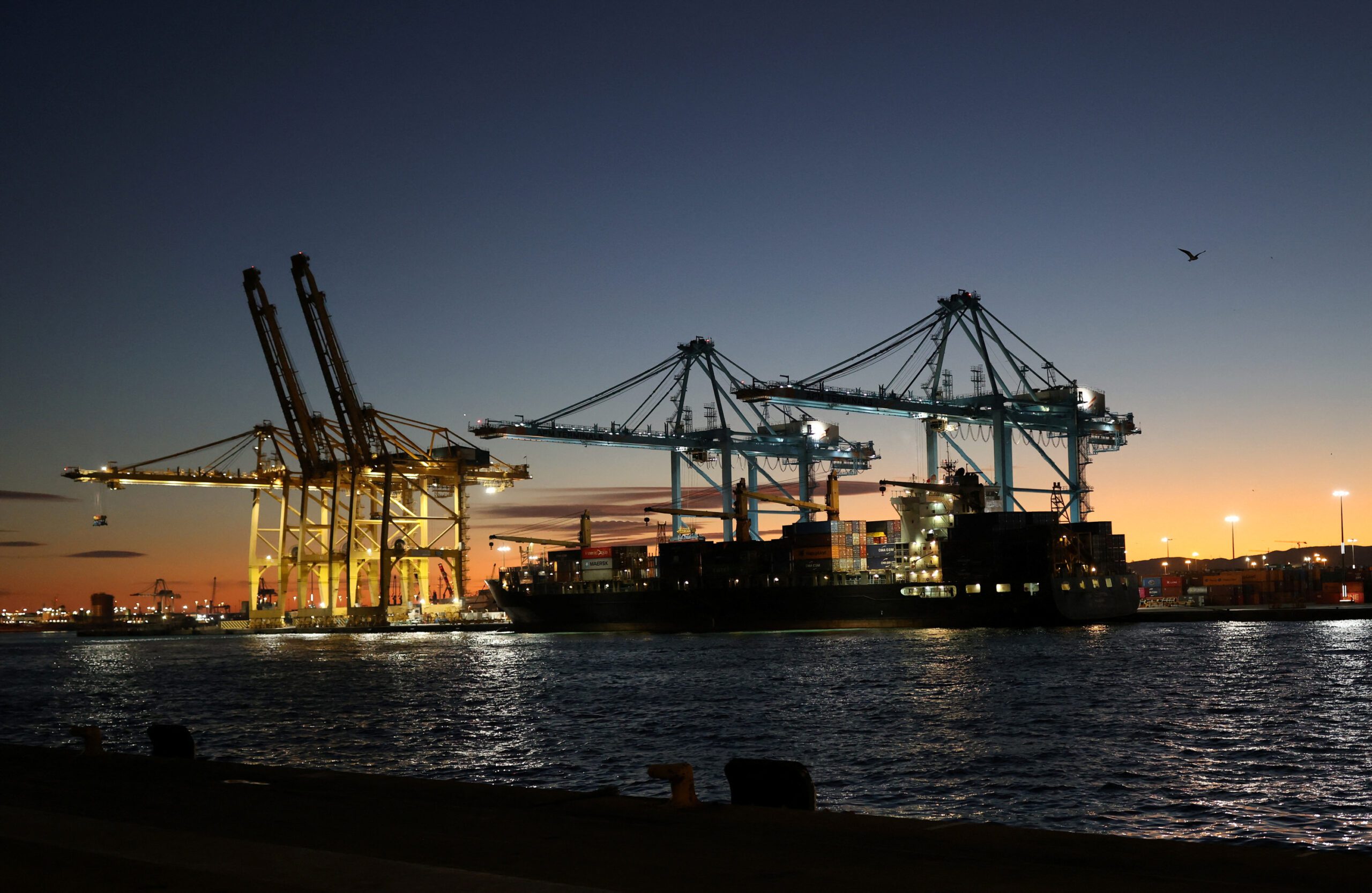The Los Angeles-Long Beach-Shanghai Green Shipping Corridor announced the successful completion of its phase one milestones, with shore power infrastructure now reaching 100% capability across all three ports and the first green methanol container ship completing its voyage on the route.
The partnership, facilitated by C40 Cities and described as “the first partnership of its kind across the Pacific,” has delivered on key infrastructure and operational targets since its launch. The corridor partners presented their second Annual Progress Report at the North Bund International Shipping Forum 2025, outlining achievements and future plans including “demonstrating the feasibility of deploying zero lifecycle carbon emission container ships by 2030.”
Shore power expansion represents one of the corridor’s major accomplishments to date. The infrastructure now provides 100% electrification capability for container vessels at Shanghai, Los Angeles, and Long Beach, “cutting emissions while ships are docked and improving air quality for local communities,” according to the progress report. The Los Angeles and Long Beach ports completed installations to meet earlier mandated state regulations.
On the fuel side, the Port of Shanghai has bunkered more than 47,000 tons of green methanol and “realized China’s first linkage for domestically produced green methanol.” The Ports of Los Angeles and Long Beach have commissioned a Clean Fuels Study and prepared for a clean marine fuel pilot project.
Carriers have been deploying reduced lifecycle carbon-capable vessels since 2022, with “the first green methanol container ship” completing its voyage on the corridor in 2024.Shipping companies have also prepared deployment plans “to create a transparent roadmap” for vessels with low-carbon emission capability.
The partnership has established four working groups to address different aspects of decarbonization. In March 2025, partners gathered at the Port of Long Beach for their second in-person meeting, where they “reaffirmed their consensus on the corridor goals” and launched a fourth working group focused on Metrics and Evaluation.
The Energy Supply Working Group has reviewed fuel standards for 2026 adoption, including requirements for fuels’ greenhouse gas intensity, and finalized a study on fuel demand and supply for the corridor. The group has also tracked developments at the International Maritime Organization, the European Union, and other organizations on fuel standards and regulations.
Looking ahead, the corridor partners identified challenges for 2026 and beyond, including “addressing the future of clean marine fuels due to the shifting regulatory, permitting, and policy landscape, such as the IMO’s Net Zero Framework” and “addressing market uncertainty on clean marine fuel supply and demand.”
The LA-LB-SH Green Shipping Corridor has “successfully delivered on its phase 1 milestones, including the expansion of shore power infrastructure to meet 100% electrification serving container vessels, deploying reduced lifecycle carbon-capable vessels, and scaling sustainable fuel bunkering operations.”

 Join The Club
Join The Club











